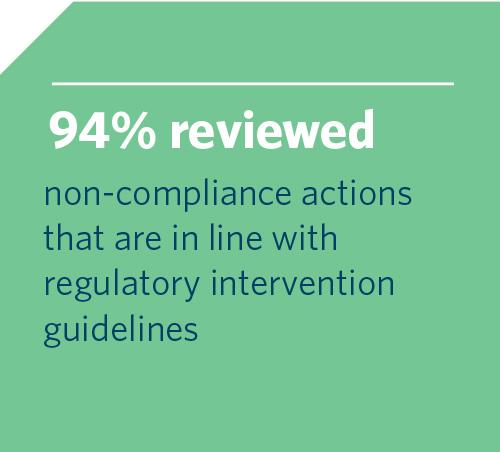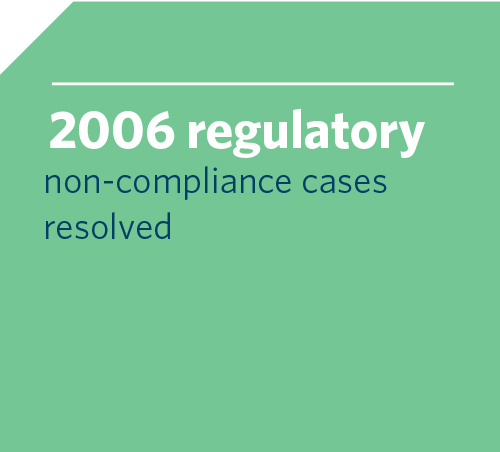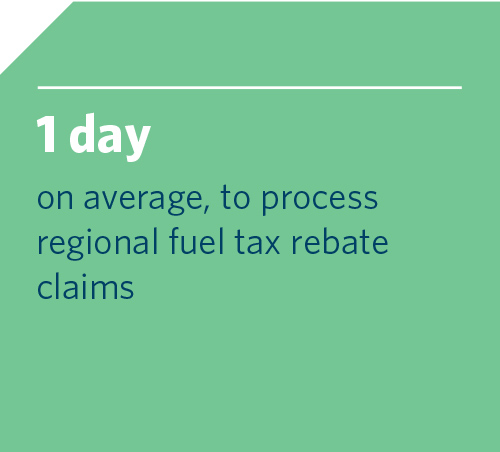In our Statement of performance expectations 2019/20 we set out ambitious and significant activities covering organisational culture (including our People strategy and capability planning, and a new health and safety management system), an accelerated assurance and risk management programme, a review of the Investment Decision Making Framework, and development of a benefits management framework. Significant progress has been made in many of these areas.
In 2019/20, we focused on improving our regulatory processes, systems and capability to enable us to transition towards a best practice regulatory compliance model that delivers to our core regulatory purpose, functions and objectives. The Board endorsed our new regulatory strategy, Tū ake, tū māia, which sets out our core regulatory purpose, focus areas and key capability shifts required over the next five years if we are to become a best practice regulator.



A review of the Investment Decision Making Framework (IDMF) has led to improvements in how we develop, prioritise and assess business cases and report on benefits realisation. To ensure these improvements are easy to understand and apply, we have developed clear guidance, tools, templates and exemplars.
The new IDMF became effective from August 2020. It includes tools and a benefits framework that align to the Transport Outcomes Framework.
A comprehensive benefits management framework was developed as part of the IDMF review. Like the new IDMF, the benefits framework has been applied to new business cases from August 2020 and will also apply to the 2021–24 National Land Transport Programme (NLTP).
The benefits framework provides a consistent way to articulate benefits and measures and apply them across the breadth of NLTP processes – from regional land transport plans to detailed business cases and from decision making processes to benefits onetizedn and reporting.
The benefits framework aligns with the Ministry of Transport’s Transport Outcomes Framework and comprises 25 benefits (12 of which are onetized) and 63 quantitative and qualitative non-monetised measures. The set of benefits is enduring and comprehensive enough to encompass the focus of current and future governments, and mode neutral.
The framework means all impacts (positive and negative) can be consistently considered, measured, tracked and reported.
In April 2020, it was agreed to coordinate digitally enabled change across the organisation using a flexible framework that can accommodate stabilisation and simplification activities while managing future enhancements. This enables the digital services portfolio to flex and scale according to the work agreed by business owners and the Executive Leadership team.
From 1 July 2020, Te Hau Ora – our digital portfolio framework – became the mechanism to coordinate the digitally enabled change that is occurring across the organisation. The intention of this framework is to provide: